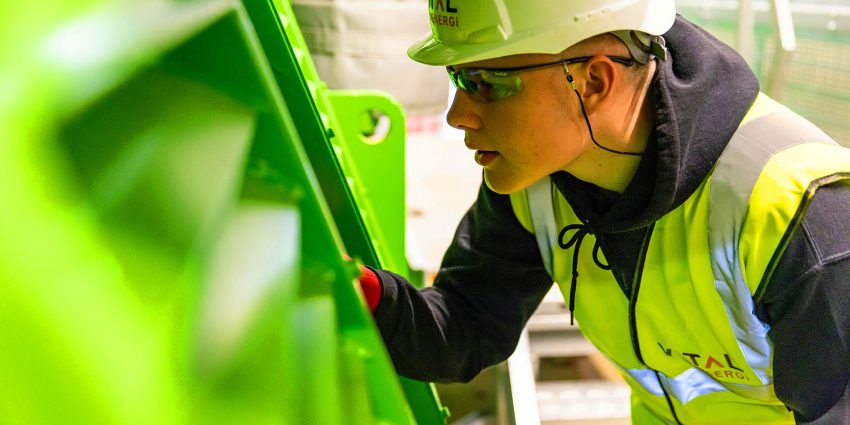There’s something different about a tool passed down. It carries more than weight, it carries history. Scratches tell stories. Worn handles fit the hand like they were shaped by the work itself. And the name stamped into the steel still matters.
For many professionals, Osborne isn’t just a brand. It’s a companion. And it’s not hard to see why it lasts, through projects, through decades, through generations.
Built for More than One Lifetime
Most tools are built for the short run. Get through a season. Maybe two. Then wear out, rust, or lose their edge. Not Osborne tools. They’re made with an old-school kind of stubbornness. Materials chosen not for looks but for longevity. Craftsmanship that doesn’t rush to meet trends.
The result? Tools that get better with age.
Details that Refuse to Quit
What makes a tool worth passing down isn’t one thing, it’s a collection of quiet decisions made right:
- Drop-forged steel that shrugs off years of use
- Handles designed for hands that don’t clock out at five
- Balanced weight that feels natural, not forced
- Edges, jaws, and tips crafted for precision, and built to keep it
You won’t see these details from across the room. But in the middle of a long day, you’ll feel them.
Trust you can’t Buy Overnight
In a world chasing faster and cheaper, trust is rare. But trust built over time, the kind of trust that lets a professional reach for the same tool again and again without thinking twice, that’s different.
Osborne doesn’t just earn that trust with durability. It earns it with consistency. Every tool, every time.
More than Tradition, Proof
Some brands live off nostalgia. Osborne lives off performance. The reason tools get handed from master to apprentice isn’t sentimentality, it’s survival. Because when your livelihood depends on precision and endurance, you can’t afford a tool that flinches when you lean on it.
Professionals don’t stick with a name out of habit. They stick because it delivers.
Conclusion
Generation after generation, Osborne tools prove the same thing: craftsmanship outlasts shortcuts. In hands weathered by work, these tools aren’t antiques. They’re proof that some things are still made the right way, one tool, one craftsman, one job at a time.
And when the next generation picks them up, they’ll already know what kind of legacy they’re holding.

